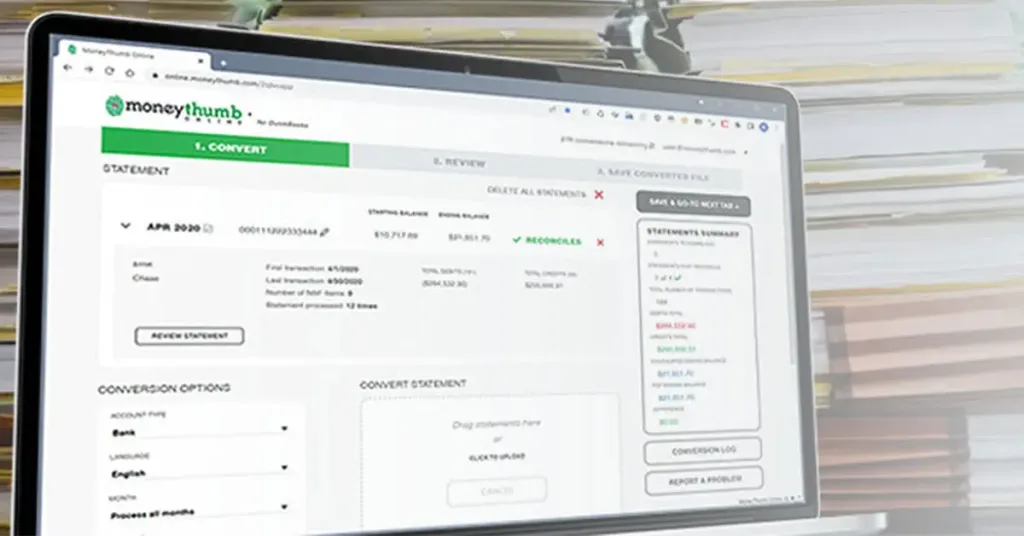Real estate lending has long been one of the foundational pillars of both commercial and residential property markets. Traditionally, large banks, credit unions, and mortgage lenders were the primary players in this space, offering structured loan products backed by real estate assets. Over the past two decades, however, the structure, terms, and sources of real estate lending have experienced considerable change. These shifts have been driven by interest rate fluctuations, policy updates, the rise of alternative lenders, changes in investor behavior, and economic uncertainty. This article offers a detailed and comprehensive look at the current state of real estate lending, how it's changed, and what it means for borrowers, investors, and lenders.
1. Interest Rates and Their Influence on Lending Activity
At the core of real estate lending is the interest rate. Rates determine affordability, investor returns, and the general pace of real estate transactions. After a long period of historically low interest rates, the past few years have brought sharp increases in response to inflation concerns.
Higher rates have slowed down loan originations across both residential and commercial sectors. Homebuyers face larger monthly payments, which limit how much they can borrow. For commercial borrowers, higher capital costs affect deal feasibility, especially for projects that require substantial upfront investment with long-term payback timelines.
Lenders have responded by tightening their credit standards and focusing more on lower-risk applicants. This shift has created a more cautious lending environment, where funding is still available but often on stricter terms.
2. Regulatory Changes and Compliance Pressures
Financial institutions today operate under tighter regulations than they did in the early 2000s. Following the 2008 financial crisis, regulatory bodies around the world introduced new frameworks to reduce risk exposure in the real estate sector.
For example, the Dodd-Frank Act in the United States established new guidelines for mortgage origination, requiring more documentation and income verification. International frameworks such as Basel III also changed how banks manage their capital reserves against risky lending.
For borrowers, this means longer application processes, more scrutiny, and higher compliance expectations. For lenders, it means spending more time and money on due diligence and back-office operations to meet regulatory expectations. While these regulations aim to reduce systemic risk, they also slow down the process and reduce access for marginal borrowers.
3. The Growing Role of Private Lenders and Non-Bank Institutions
One of the most noticeable shifts in real estate lending is the rise of non-bank lenders. These include private equity firms, real estate investment funds, family offices, crowdfunding platforms, and hard money lenders.
These lenders are often more flexible than banks in their lending criteria. They may offer shorter terms, faster approval, and specialize in niches such as bridge loans, fix-and-flip financing, or construction loans. In markets where banks have pulled back, private lenders have stepped in to meet demand.
However, this flexibility often comes with trade-offs. Borrowers may face higher interest rates, larger fees, or more aggressive repayment terms. Despite this, many investors and developers turn to non-bank lenders because they can offer speed and structure suited to specific project timelines.
4. Real Estate Lending in Residential vs. Commercial Sectors
The differences between residential and commercial real estate lending have grown more pronounced. Residential lending is largely standardized, with fixed-rate mortgages, amortization schedules, and consumer protection laws shaping the process.
In contrast, commercial real estate lending is more customized. Loan structures are based on project income, expected returns, and exit strategies. Lenders evaluate not just credit scores but also business plans, lease agreements, and projected cash flow. In the current environment, many commercial projects are being delayed or scaled down because debt is more expensive, and refinancing risk is higher.
Multifamily properties are an exception, as they continue to attract strong interest. The growing demand for rental housing has made these properties more attractive, and lenders remain open to financing deals that are backed by predictable rent income.
5. Shifts in Underwriting Standards
Underwriting the process by which lenders assess risk and decide whether to approve a loan—has also changed. Today's lenders are more cautious about property values, location risks, and borrower stability.
Some of the most notable shifts include:
- More conservative loan-to-value (LTV) ratios
- Increased emphasis on borrower liquidity
- Greater focus on environmental risk (especially in flood and wildfire-prone areas)
- Higher reserves are required for property taxes and insurance
In residential lending, this means that first-time buyers without significant savings may find it harder to qualify. In commercial lending, it means fewer speculative projects get funding.
6. Technology's Quiet Influence on Lending Operations
While the word "technology" often brings to mind large changes, in real estate lending, it's had a quieter but meaningful effect. Most changes have occurred behind the scenes, improving speed, accuracy, and compliance.
Loan originators now use automated systems for application review, income verification, and fraud detection. Appraisals are increasingly being supported by AI models that cross-check property values using large datasets. While none of this replaces human decision-making, it helps lenders process more applications with fewer errors.
For borrowers, this has led to slightly faster approval times and clearer application tracking. For institutions, it reduces processing costs and helps flag problematic files before they become legal or financial risks.
7. Geographic Differences in Lending Conditions
Lending conditions vary significantly based on region. Some cities or states with strong job markets, high rental demand, or limited housing inventory continue to see active lending activity. Others, especially those with falling population or high vacancy rates, face tougher underwriting.
For example, lenders in the U.S. have shown growing caution in office building loans, especially in downtown areas where hybrid work has reduced occupancy. In contrast, lending for logistics centers or residential construction in high-growth suburbs remains active.
Borrowers must now consider not just their own profile but also how their market is perceived by lenders. Local economic indicators, zoning laws, and market absorption rates all come into play.
8. Refinancing Trends and Maturity Risks
A major concern in the current real estate lending environment is the wave of upcoming loan maturities. Many commercial real estate loans issued between 2019 and 2021 are due for refinancing within the next 12 to 24 months. However, higher interest rates mean borrowers may struggle to secure new loans on acceptable terms.
This has led to increased risks of defaults, extensions, or forced asset sales, especially among office and retail properties. Some lenders are willing to restructure terms, but only if the property's cash flow can support new interest payments.
Borrowers with strong tenant relationships and consistent rent collections are in a better position to negotiate. Those with high vacancy rates or upcoming lease expirations may find themselves under pressure to sell or raise capital from other sources.
9. Environmental, Social, and Governance (ESG) Considerations
Lenders are also paying more attention to ESG metrics. Properties with poor energy performance or lacking sustainability certifications may face limited financing options, especially from institutional lenders who must meet their own ESG targets.
This is especially true in Europe, where green lending standards are more advanced. In the U.S., it's gradually becoming a consideration, particularly in large urban markets. Borrowers may be asked about their building's energy use, carbon footprint, and climate resilience.
While not yet a standard requirement across all markets, ESG considerations are expected to grow in importance, especially for large-scale developments.
10. Outlook: What to Expect Moving Forward
Real estate lending is likely to remain selective and cautious in the near future. Interest rates will continue to shape the market, and regulatory scrutiny will remain high. Borrowers with strong fundamentals, good credit, reliable income, and stable properties will still find financing. Others may face delays, higher costs, or need to explore alternative funding options.
Private lending will likely keep growing, especially in areas where traditional institutions are pulling back. Meanwhile, loan terms will remain conservative, and underwriting will continue to focus on downside protection.
Final Thoughts
The real estate lending landscape has changed significantly, shaped by interest rates, regulation, market uncertainty, and the rise of new players. While lending is still very much active, it's no longer as easy or uniform as it once was. Borrowers, whether homeowners or commercial investors, need to be better prepared, more flexible, and more strategic in how they approach financing.
Understanding these trends isn’t just useful, it’s necessary. Knowing what lenders are looking for, where funding is available, and what conditions are attached can help you plan more effectively and avoid costly surprises down the road.
References
- https://www.raymondjames.com/theelliottgroup/resources/2024/12/05/the-shifting-landscape-of-commercial-real-estate
- https://www.nuveen.com/global/insights/real-estate/navigating-the-shifting-landscape-of-real-estate
- https://www.linkedin.com/pulse/real-estate-investment-themes-shifting-landscape-s%C3%B8ren-felden-fhzqf
- https://www.blooma.ai/blog/commercial-real-estate-lending-trends
- https://wiss.com/navigating-a-shifting-landscape-real-estate-capital-trends/
- https://trellis.com.pk/shifting_landscape_home_financing/
- https://opsmatters.com/posts/emerging-trends-private-real-estate-financing
- https://www.brainzmagazine.com/post/navigating-the-current-landscape-of-usa-real-estate-rates-and-property-financing





















Add comment